Electrical installation handbook Protection, control and electrical devices

Sign up for access to the world's latest research
Abstract
study

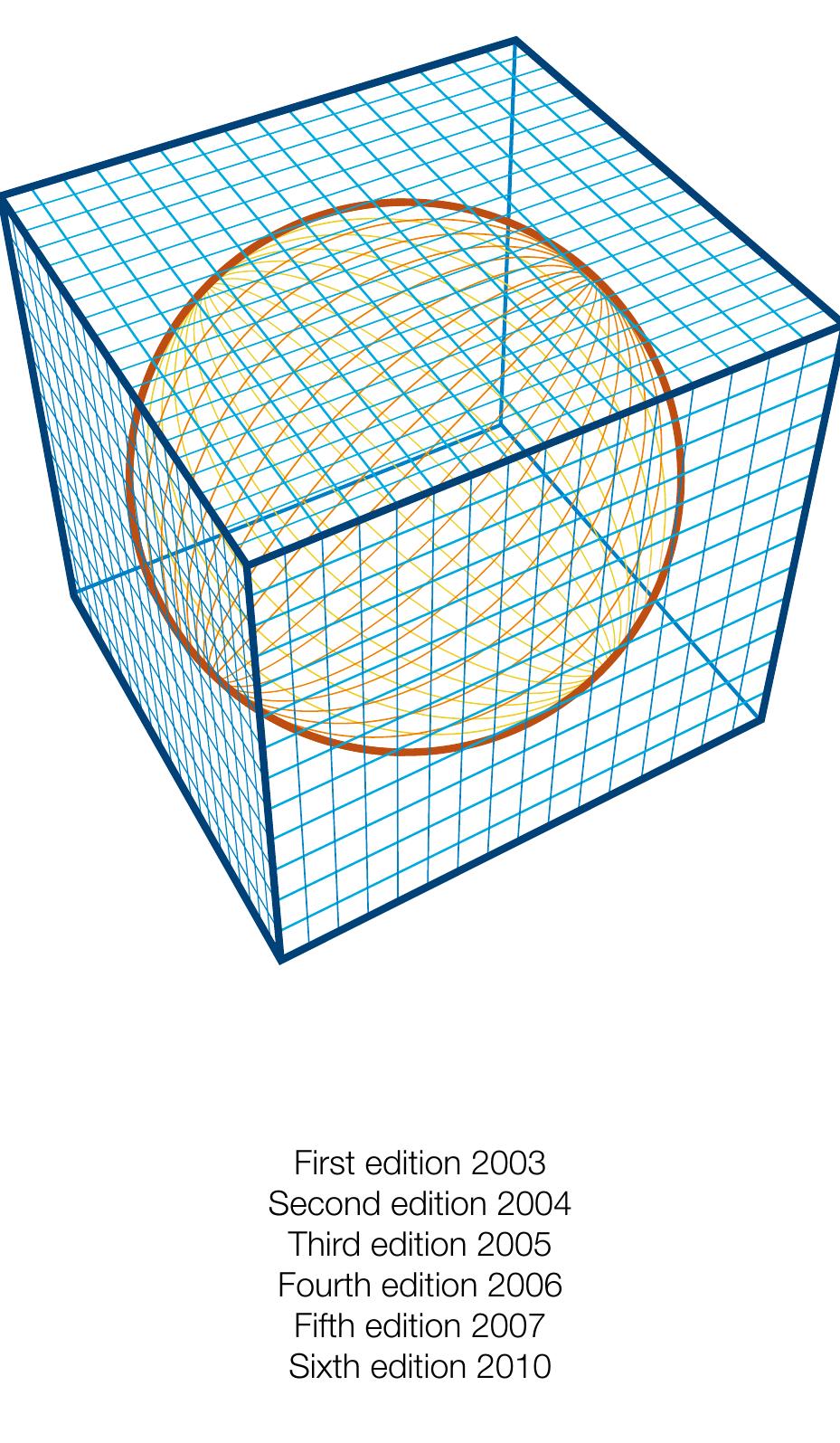














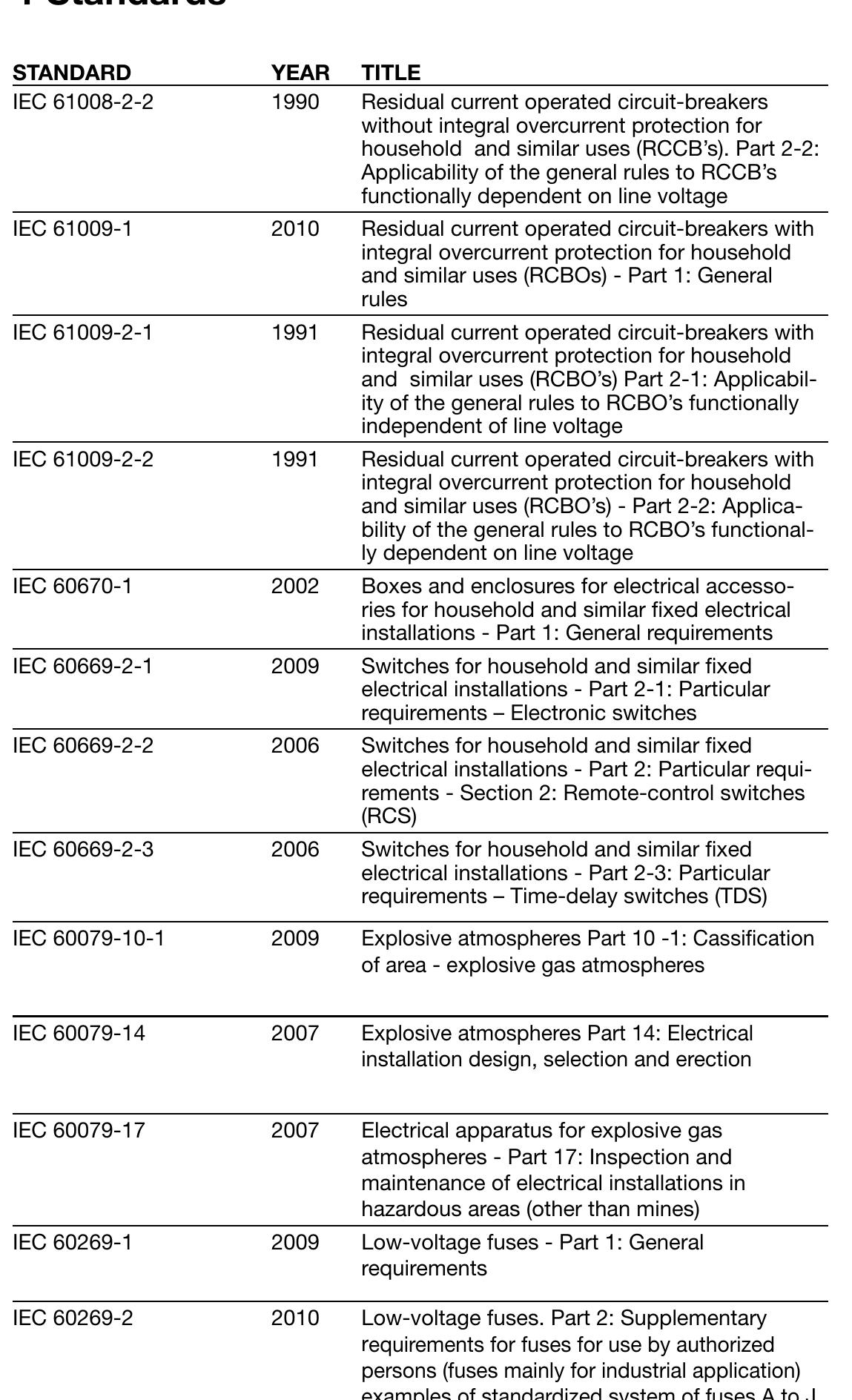

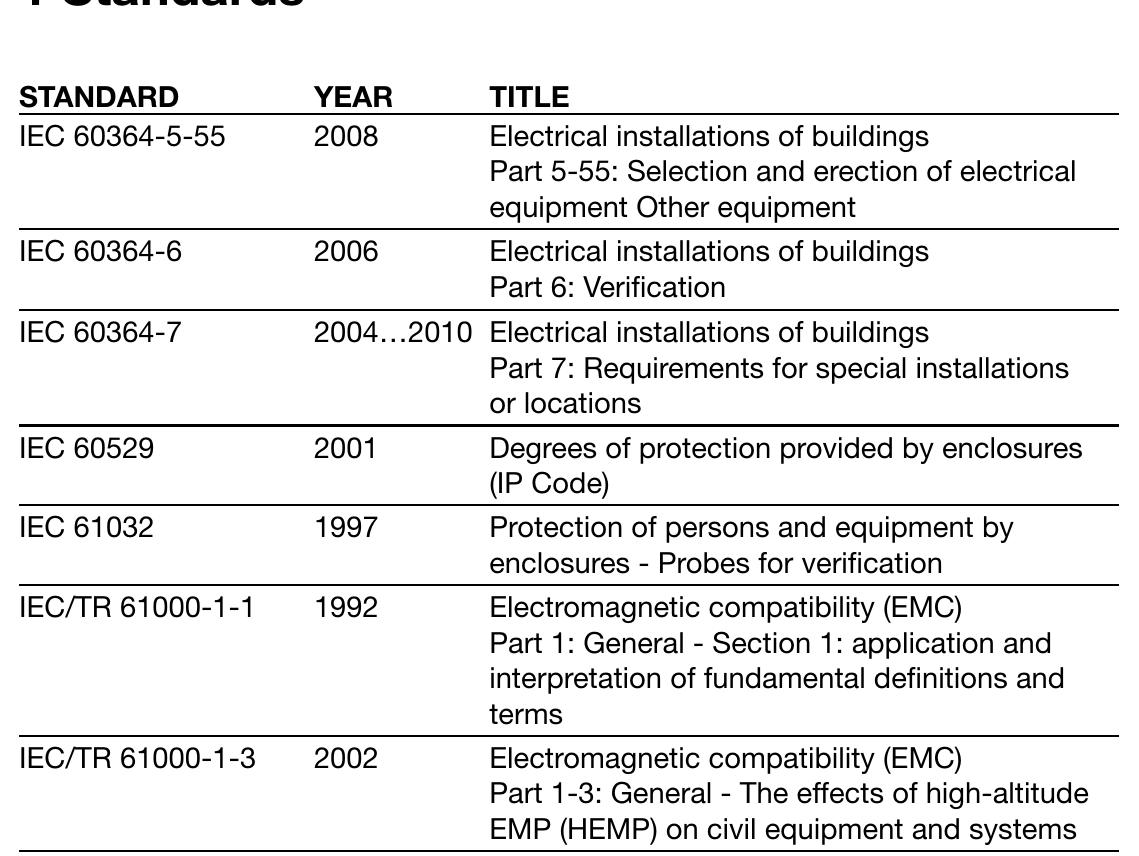









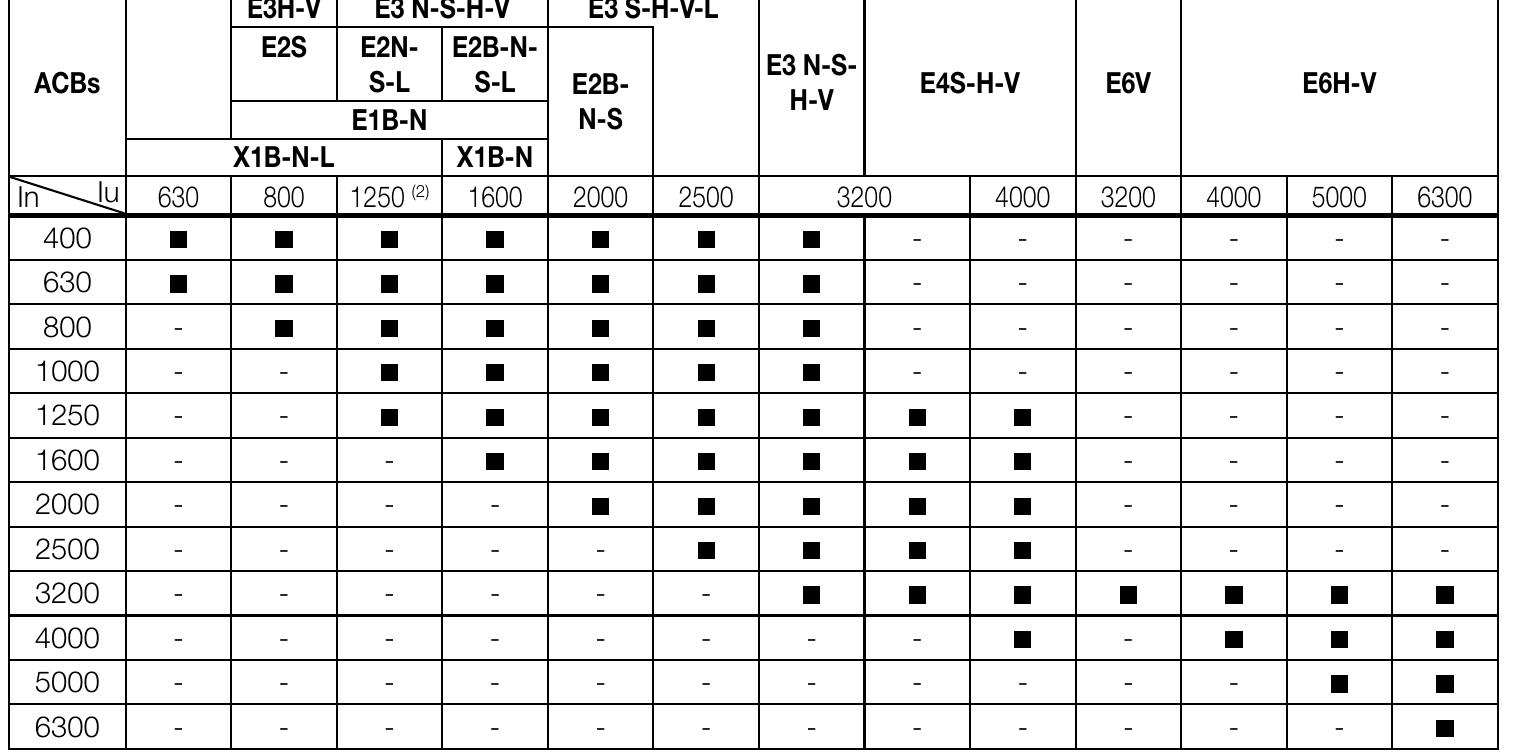


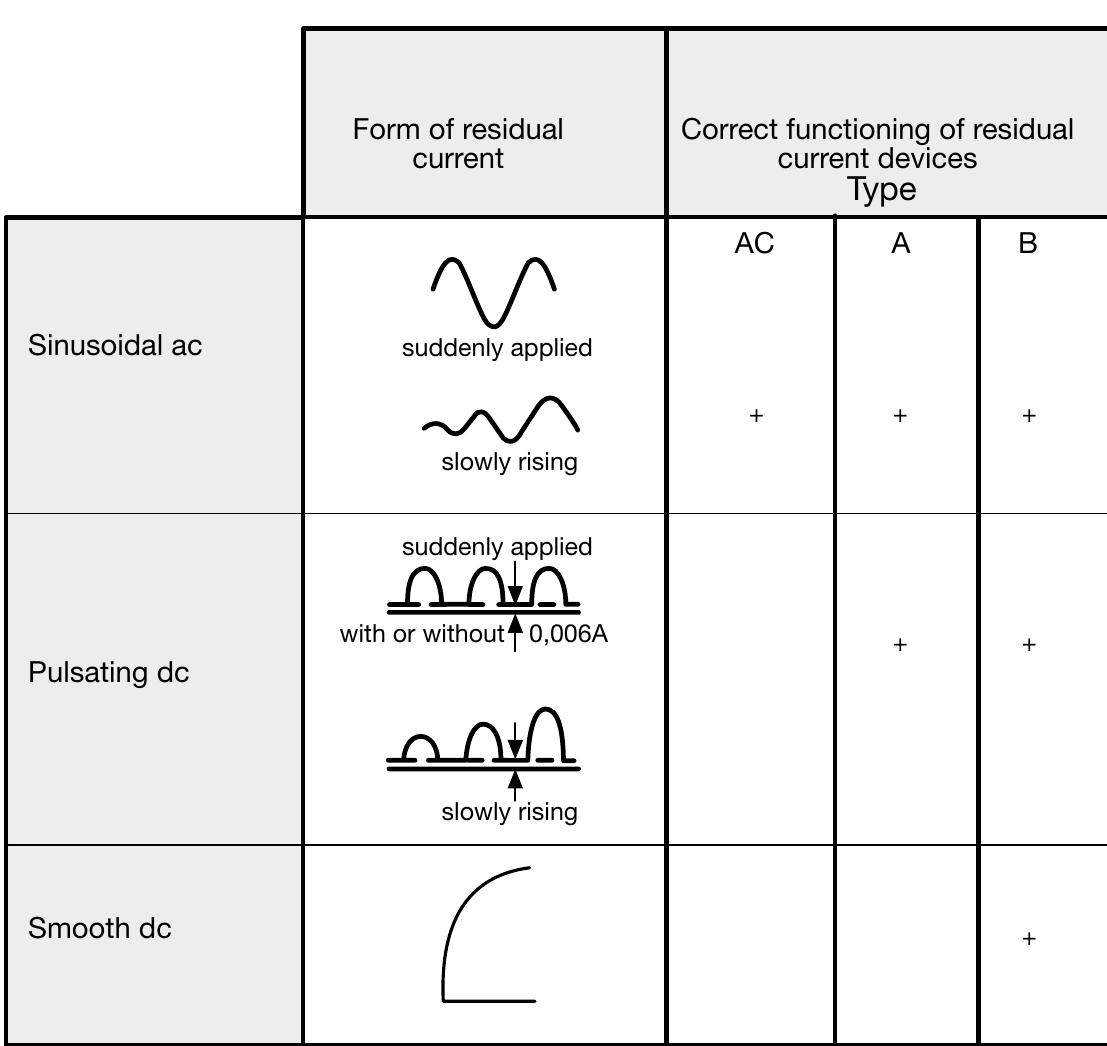



























































![Rated operational voltage Ue [V]](https://figures.academia-assets.com/52332606/table_066.jpg)
















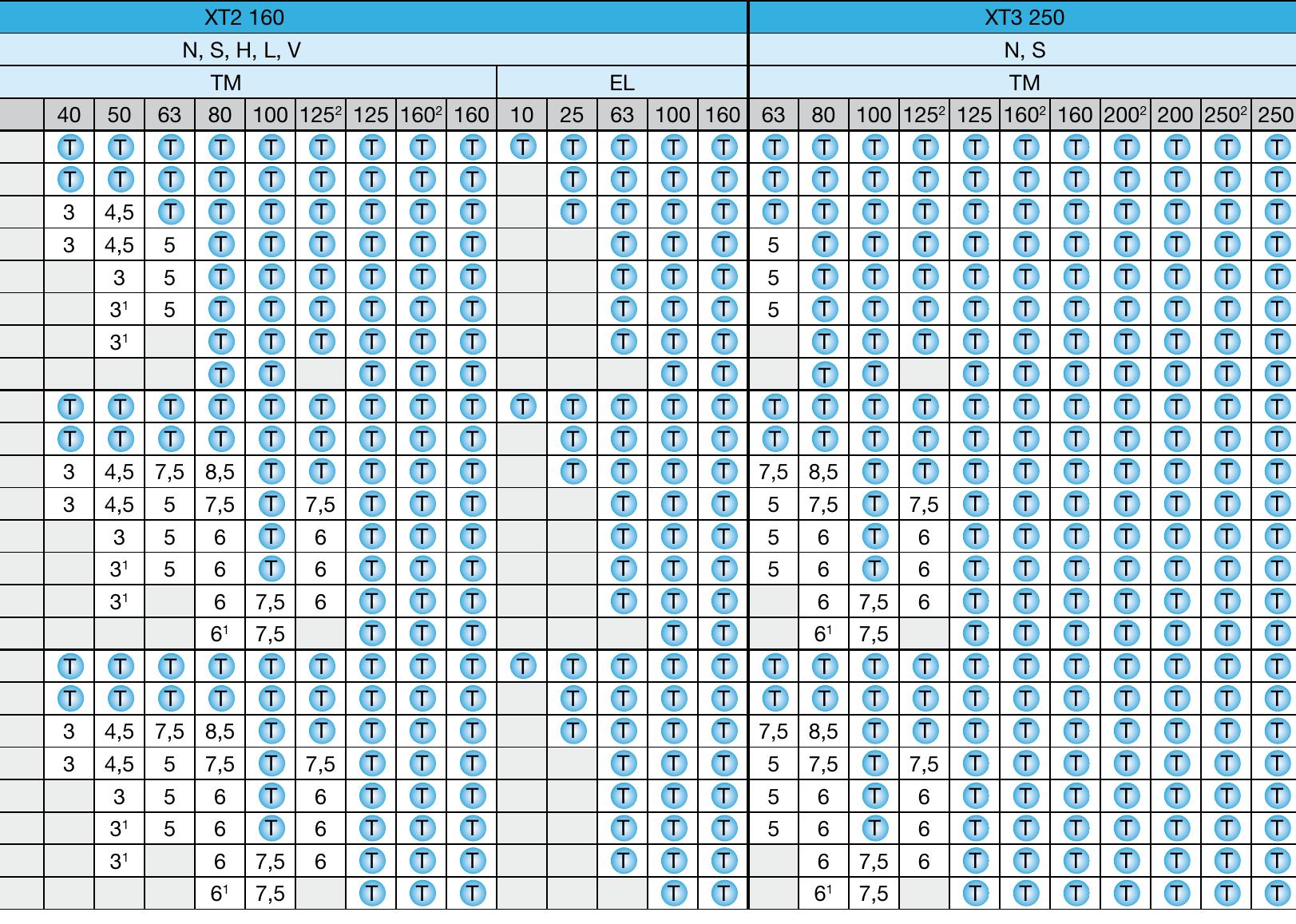












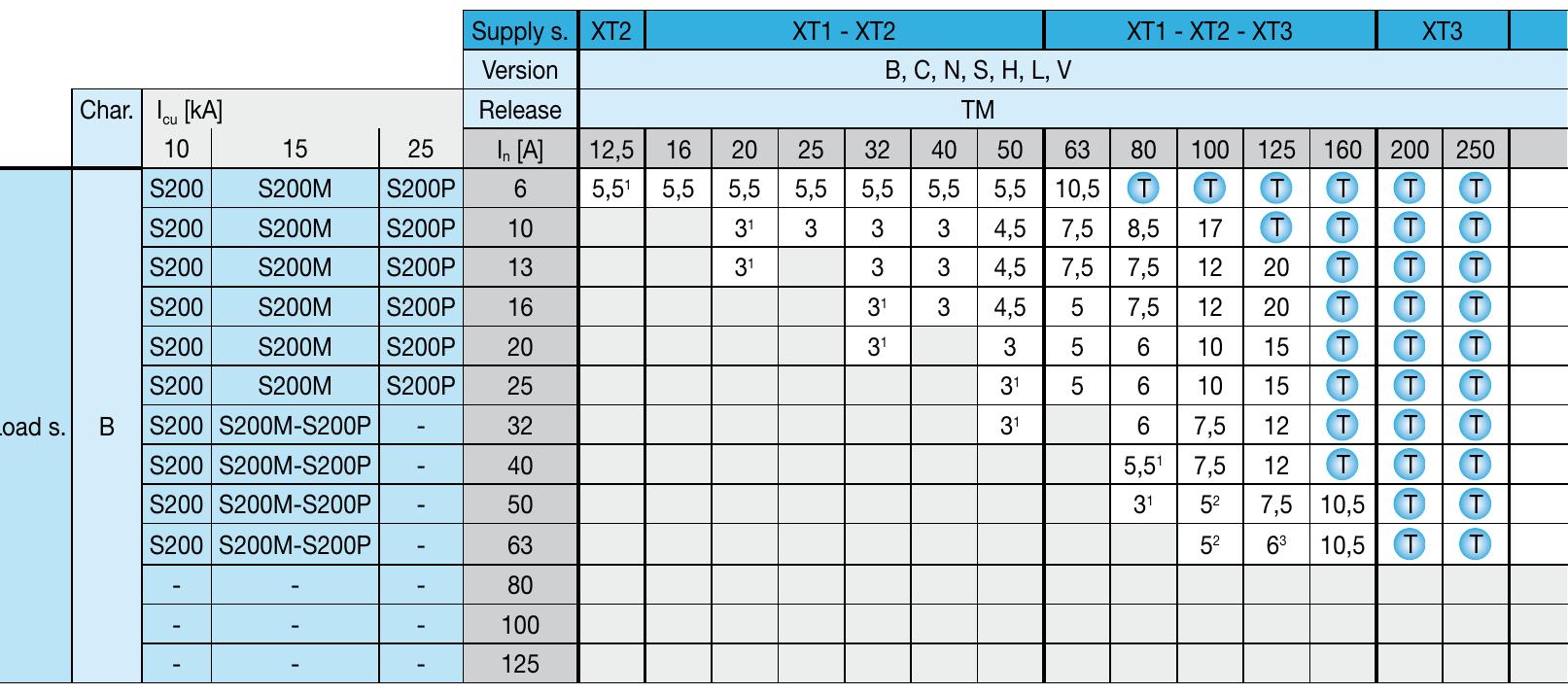



















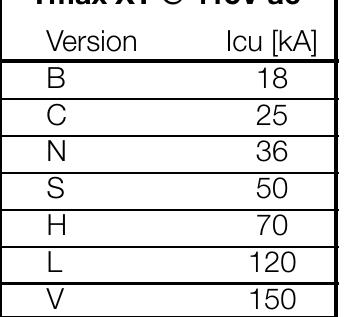








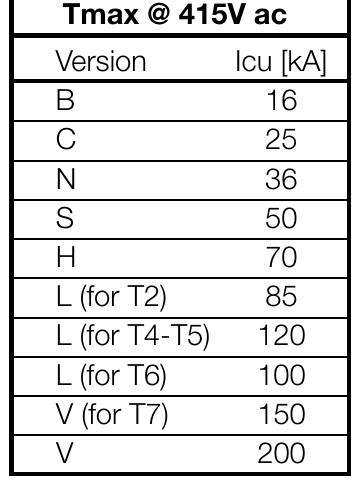





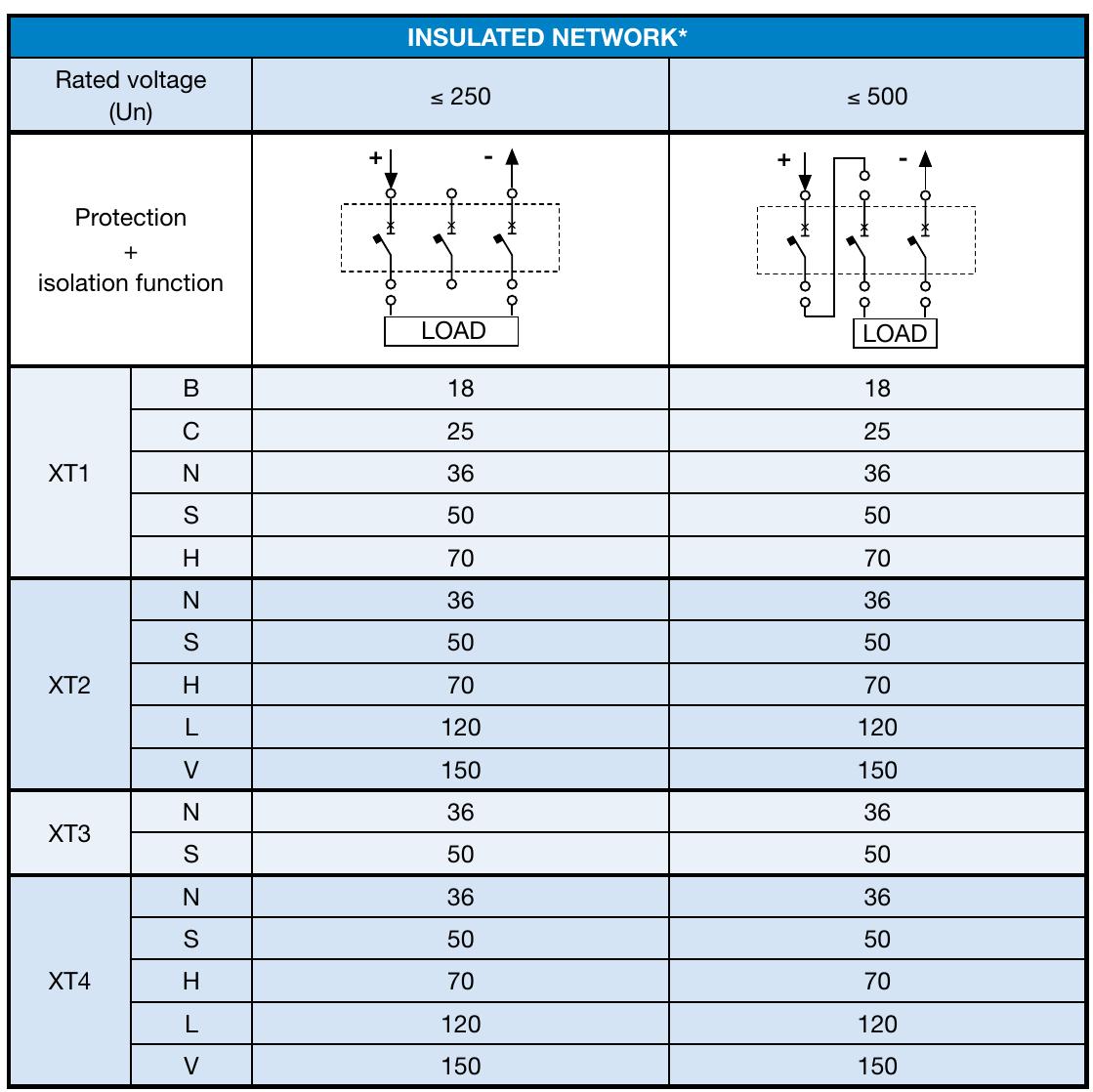

















































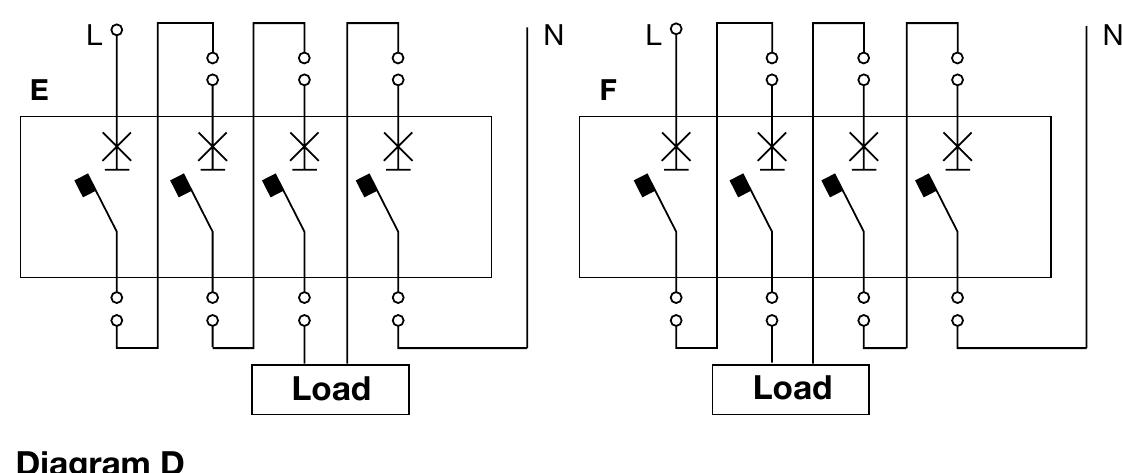


























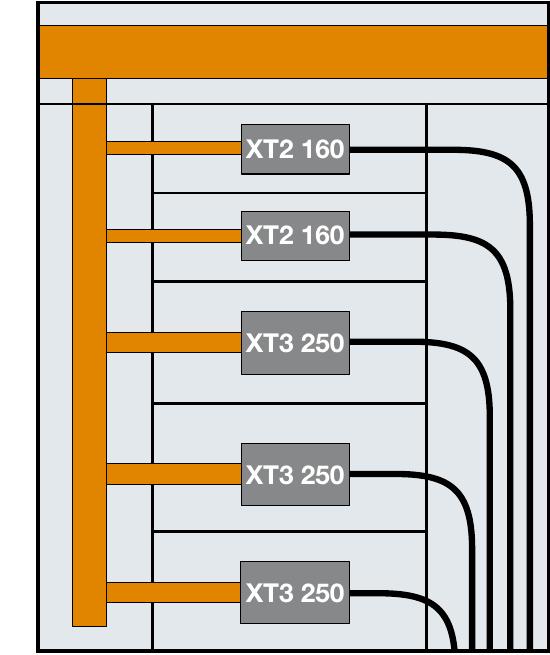



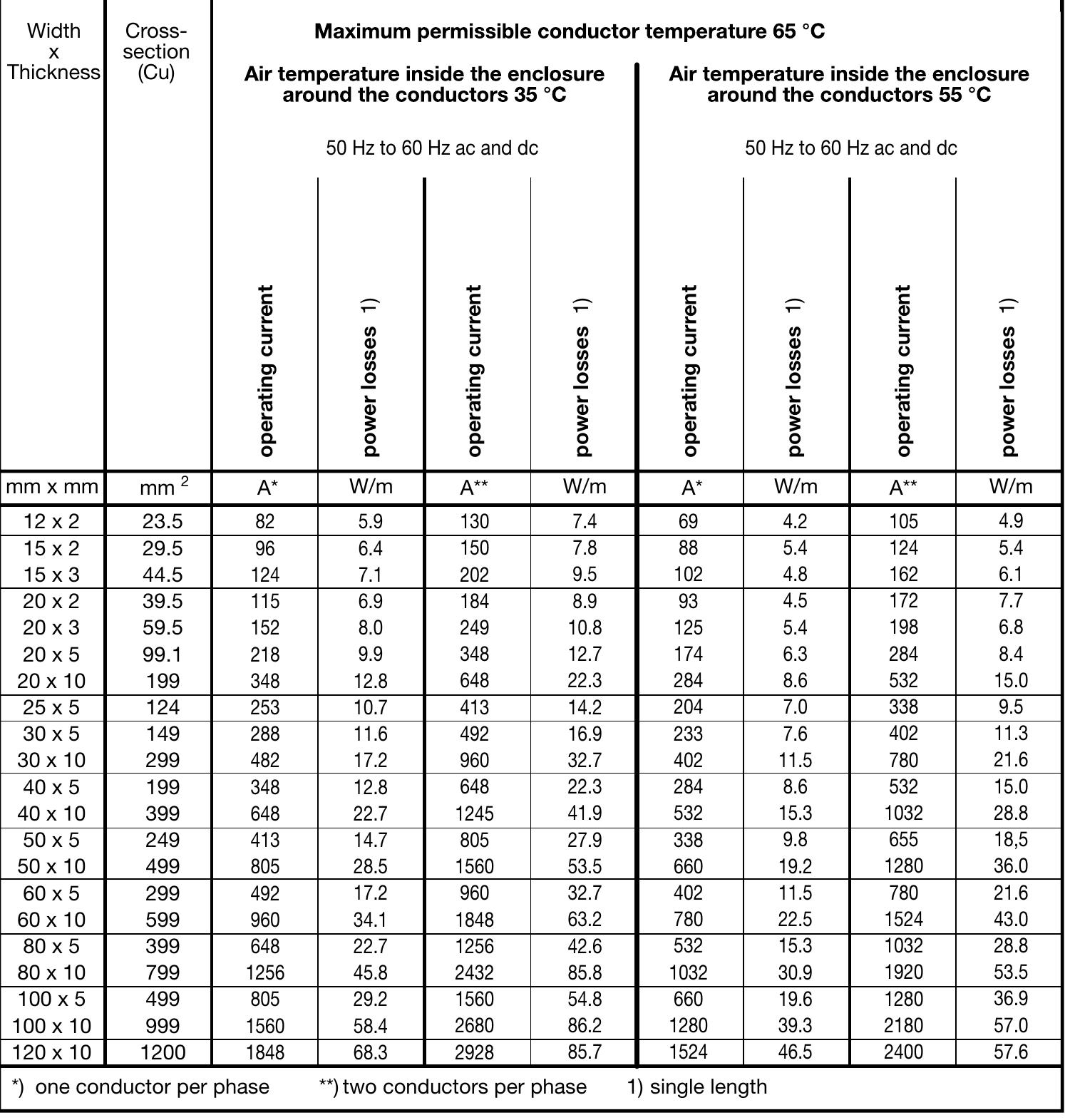


















![Thus, the total power loss inside the enclosure is: P = 784 [W] Here below the power losses for each connection:](https://figures.academia-assets.com/52332606/table_179.jpg)
















































![Table 1: Resistance values [Q/km] of single-core and multi-core cables in copper and aluminium at 80 °C](https://figures.academia-assets.com/52332606/table_215.jpg)

![The formula (1) must be verified along the whole length of the cable. Due to the shape of the specific let-through energy curve of a circuit breaker, it is generally sufficient to verify formula (1) only for the maximum and minimum short-circuit current that may affect the cable. The maximum value is normally the value of the three-phase short-circuit current at the beginning of the line, while the minimum value is the value of the phase to neutral short-circuit current (phase to phase if the neutral conductor is not distributed) or phase to earth at the end of the cable. Table 2: Maximum withstood energy for cables k? S? [(kA)? s]](https://figures.academia-assets.com/52332606/table_216.jpg)































































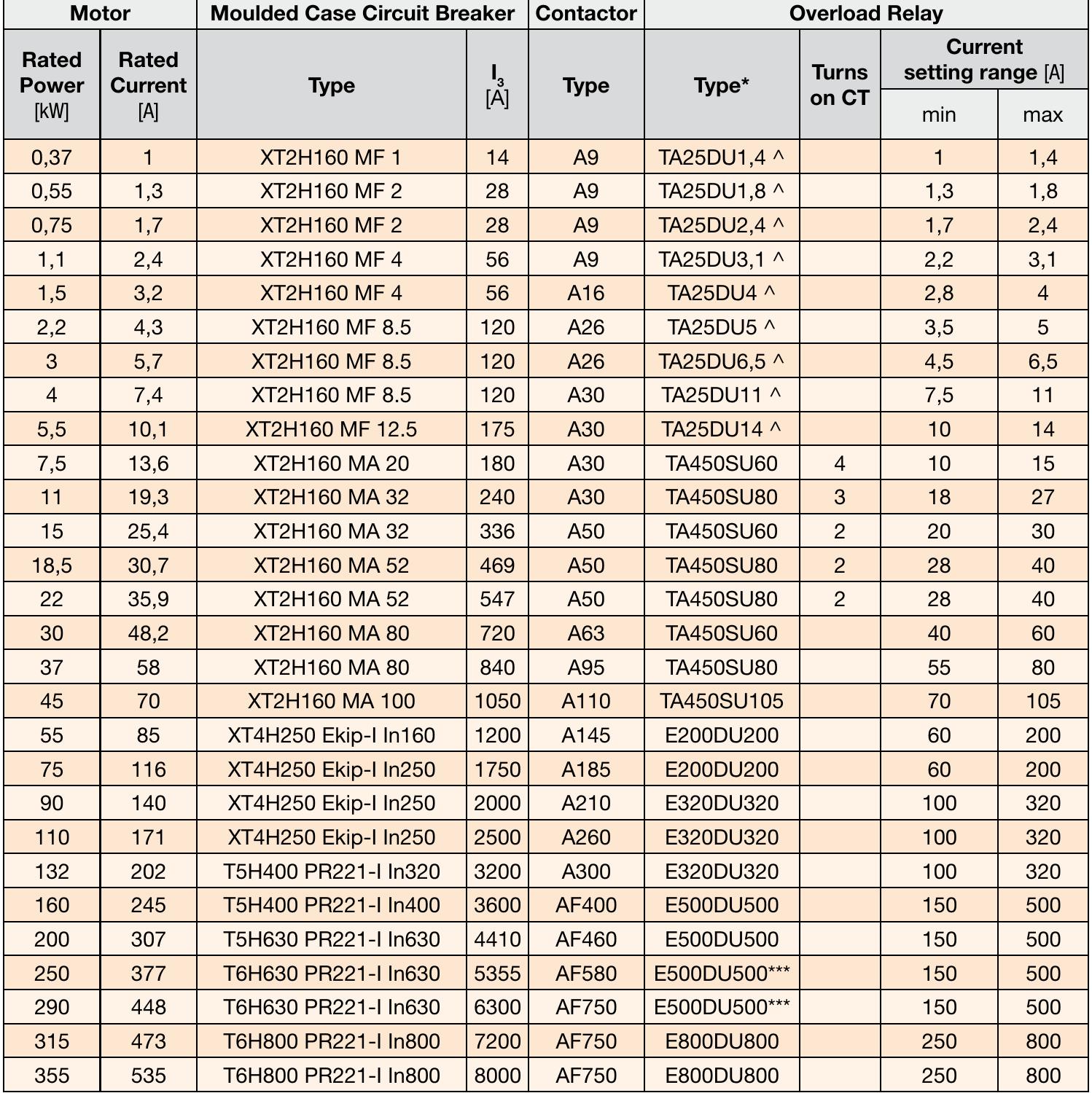
















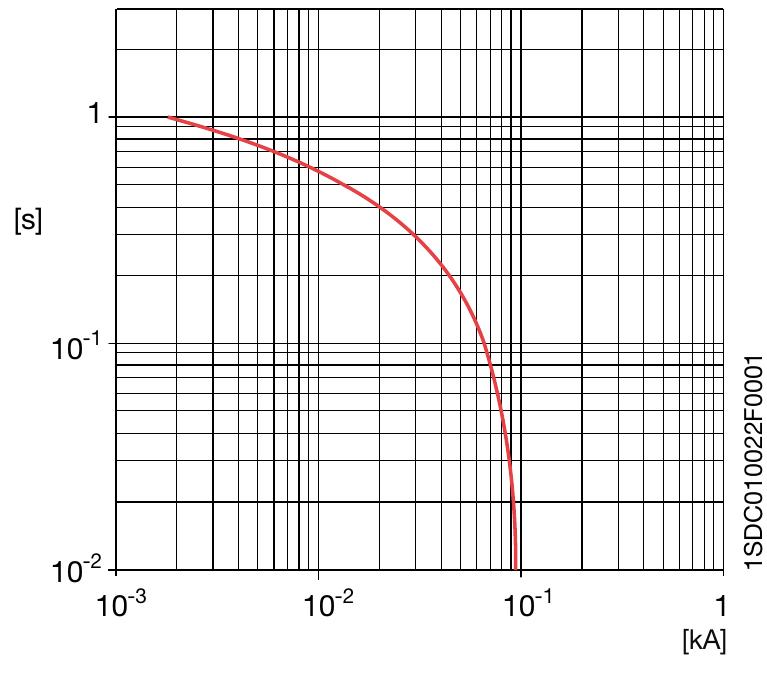
















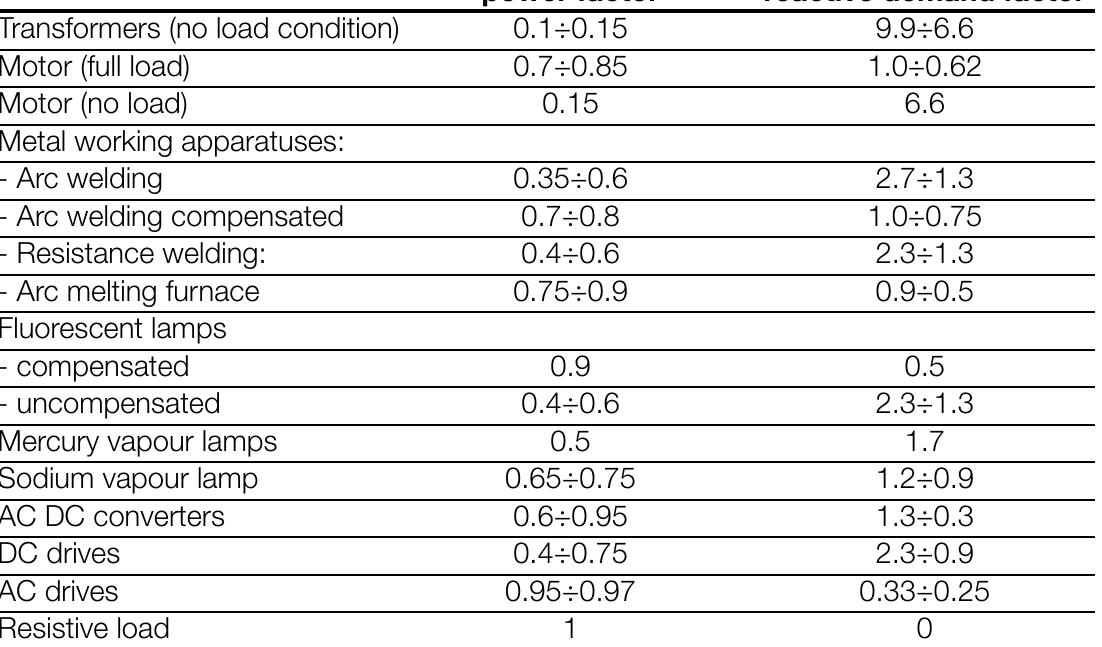




















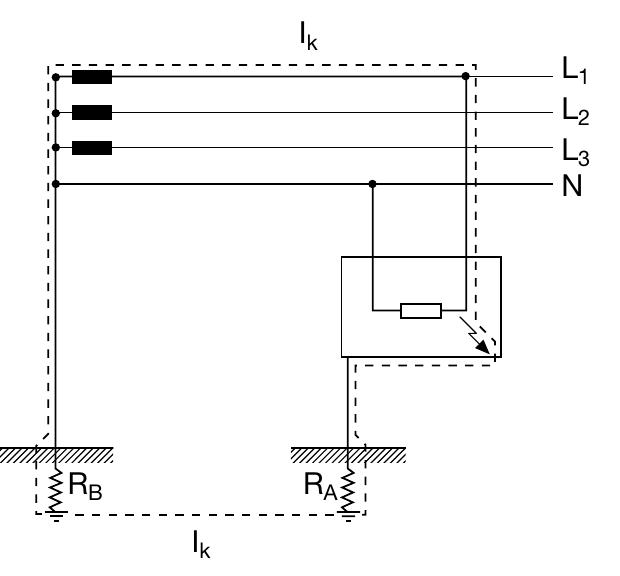
















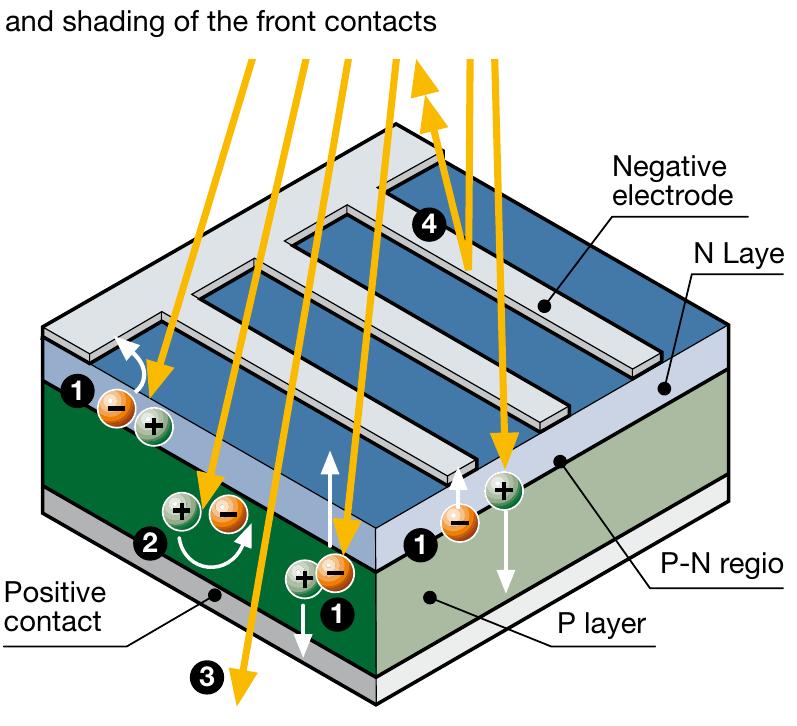
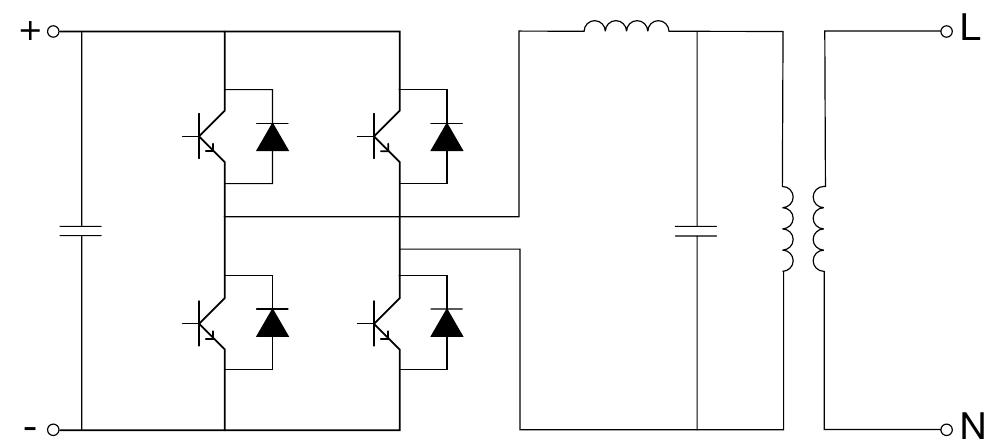










![Short-circuit power S,__, [MVA] knet Net voltage U, [kV] Generator](https://figures.academia-assets.com/52332606/table_313.jpg)


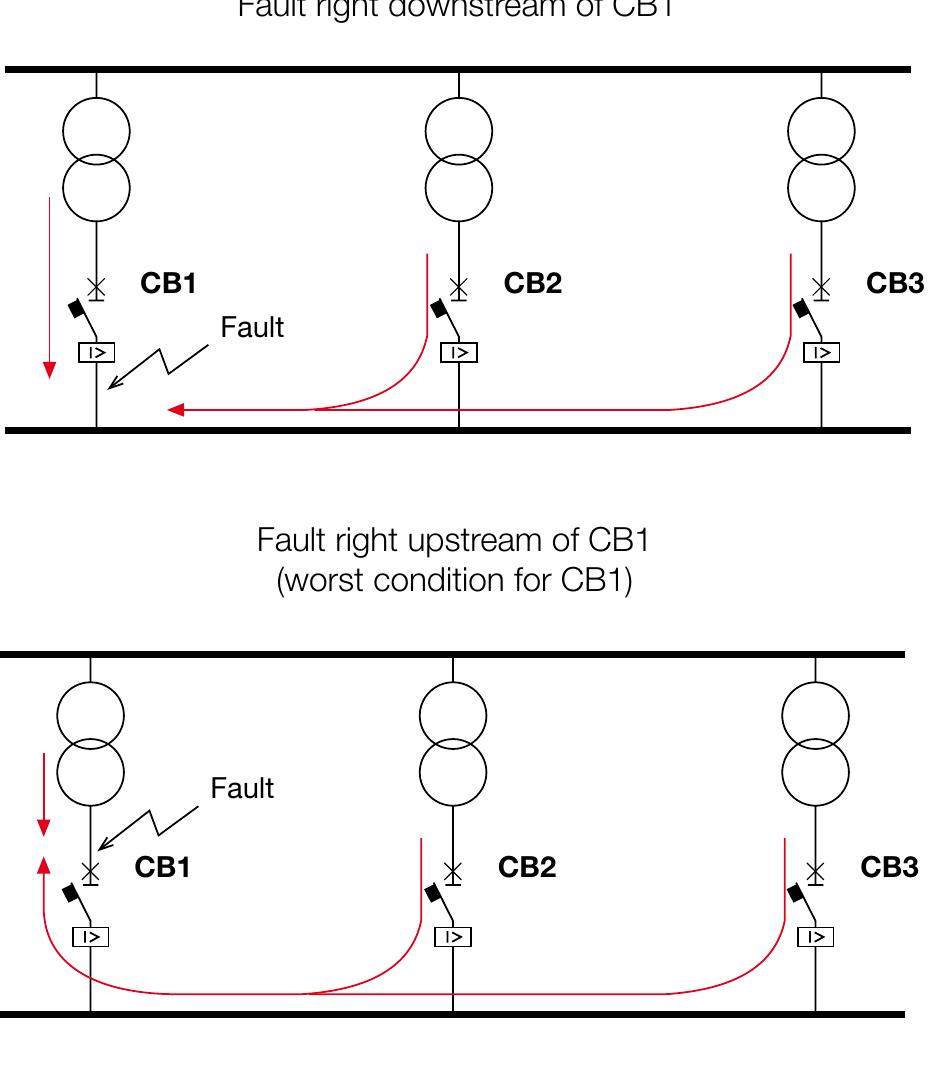
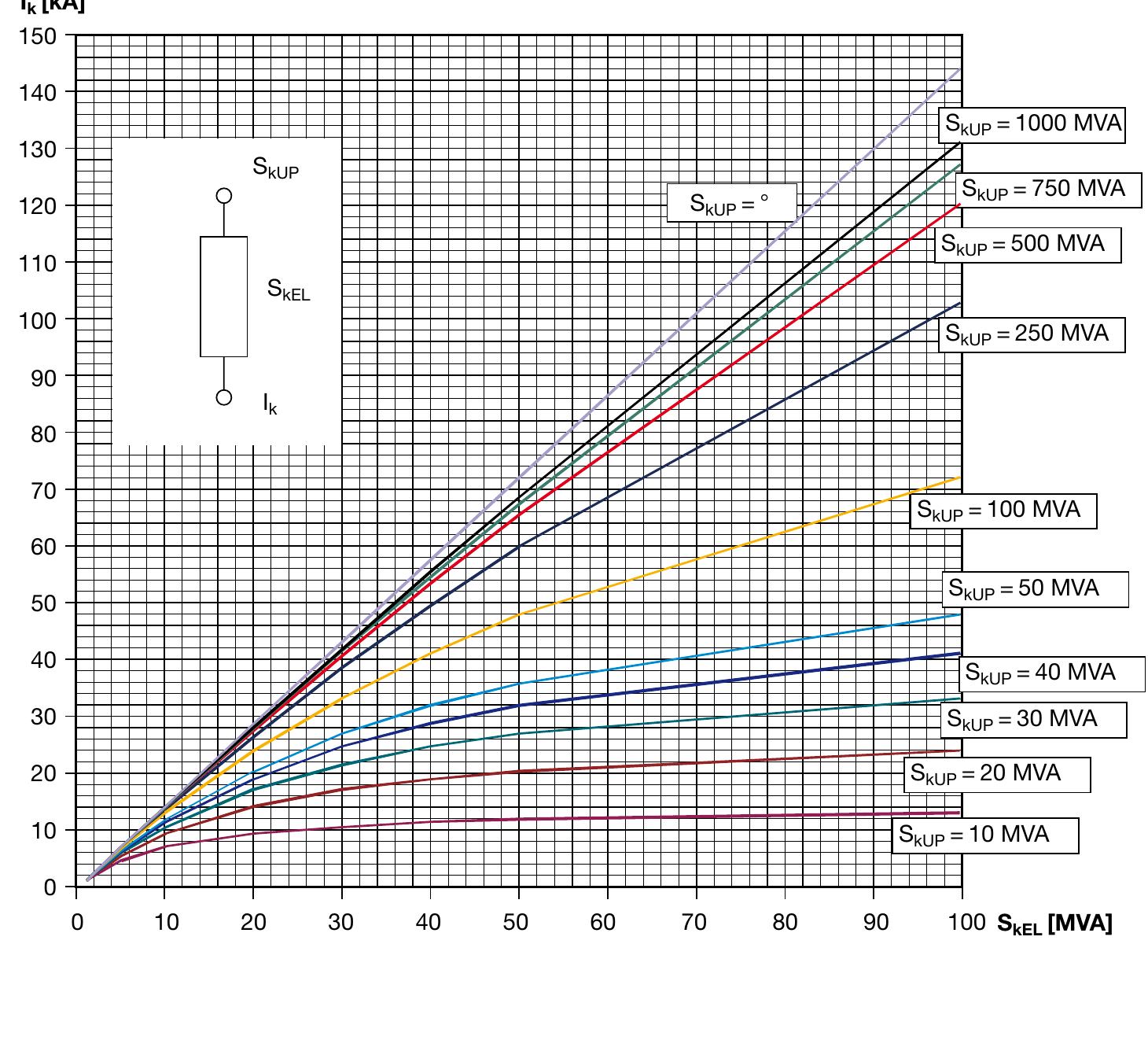










































Related papers
Electrical Installations & Safety Course - Topic 8: Protection of Electrical Installations
1. Carry out the continuity test of protective conductors. 2. Measuring the insulation resistance of an electrical system (IR – Insulation Resistance Test). 3. Measuring the earth resistance of an earth electrode. 4. Carry out the Polarity and Phase Sequence Tests. 5. Measuring the voltage for an electrical system using KEW 6516. 6. Verification of conditions for protection by automatic disconnection of the supply. 7. Measuring the fault loop impedance (TN system) with analyzer. 8. Carry out the RCD test.
Power and Energy Systems, 2011
The protection system of a home electrical installation concerns exclusively the private consumer himself and all necessary measures insuring its proper and safe operation is his own responsibility. Electrical installations with an inadequate protection system in conjunction with unforeseeable events like the abruption of an overhead power line have often caused fatal accidents and property damage. The aim of this paper is to focus on such events and to propose measures to prevent similar accidents in the future.
ELECTRICAL HAZARDS AND SAFETY MEASURES A Thesis/A Dissertation By Tarek Hussein Mohamed Ali Department of < Master of Safety, Health, and Environmental Management (SHEM)> Submitted in partial fulfillment of the requirements For the Master degree of OCCUPATIONAL SAFETY AND HEALTH in Electrical Safety Under Supervision Of DR. Tamer Sharaky THE THESIS IS COVERING THE BASIC CONCEPT AND FUNDAMENTALS OF ELECTRICITY; FULLY UNDERSTAND THE BASIC TERMINOLOGY OF ELECTRICAL AND THE UNITS OF MEASUREMENT FOR ELECTRICITY, HAZARDS OF ELECTRICITY (ELECTRICAL SHOCK, FIRES, EXPLOSION, BURNS, ETC.) AND THE ELECTRICITY EFFECT ON HUMAN BODY ALSO COVERS THE BASIC PROVISIONS FOR SAFEGUARDING OF PERSONS FROM ELECTRICAL HAZARDS ARISING FROM INSTALLATION, MAINTENANCE AND OPERATION WHICH INCLUDE THE RULES, PROCEDURES AND POLICIES FOR STANDARD IS APPLICABLE TO THE SYSTEMS AND EQUIPMENT WHICH OPERATED IN THE UTILITIES, POWER STATIONS AND SIMILAR SYSTEM EQUIPMENT IN OIL AND GAS INDUSTRY LIKE AS (REFINERY, PETROCHEMICAL, LNG, ETC.)
All rights reserved. Unless otherwise specified, no part of this publication may be reproduced or utilized in any form or by any means, electronic or mechanical, including photocopying and microfilm, without permission in writing from either IEC or IEC's member National Committee in the country of the requester. If you have any questions about IEC copyright or have an enquiry about obtaining additional rights to this publication, please contact the address below or your local IEC member National Committee for further information.
Electrical wiring/cabling form a major part in the above mentioned installation works. Electrical wiring/cabling must be reasonably safe to persons and property. Installations, alteration, or extension of Electrical wiring/cabling systems conforming to the provisions of this Code shall be deemed to be reasonably safe to persons and property. The provisions of the Code in this Chapter do not cover Installations in ship, water craft, railway rolling stock, aircraft, or automotive vehicles and recreational vehicles, 1.1.2 Designing an Electrical and Electronic Engineering Installations in Buildings and Related Structures The provisions of the Code presented in this Section are not meant to provide adequate information to design Electrical and Electronic Engineering Installations and Systems in Buildings and related structures. These should not be taken to be adequate or complete for the efficient design work of installations. Such design work, the required features, detailed technical specifications, schedule of items etc., should be obtained through the services of an engineer adequately qualified in this area. Applications of energy efficient appliances should be kept in mind while preparing electrical design of a building or related installations. 1.1.3 Terminology and Definitions This Section provides an alphabetical list of the terms used in and applicable to this Chapter of the Code. In case of any conflict or contradiction between a definition given in this Section and that in Part 1, the meaning provided in this Section shall govern for interpretation of the provisions of this Chapter. ACCESSORY A device associated with current using equipment or with the wiring of an installation; for example, a switch, a plug, a socket outlet, a lamp holder, or a ceiling rose. ALIVE See LIVE. APPARATUS Apparatus means Energy Efficient Apparatus. Electrical apparatus including all machines, appliances and fittings in which conductors are used or of which they form a part. APPLIANCE Appliance means Energy Efficient Appliance. An item of electric current using equipment other than a luminaries or an independent motor. BDB Branch-Distribution Board located in the same floor of a building and connected to one of the SDBs in the same floor. Area or Activity Illuminance (lux) Chocolate and Confectionery Factories Mixing, blending and boiling Chocolate husking, winnowing, fat extraction, crushing and refining, feeding, bean cleaning, sorting, milling and cream making Hand decorating, inspection, wrapping and packing Clay Products and Cements Grinding, filter presses, kiln rooms moulding, pressing, cleaning and trimming Enameling Colour and glazing-rough work Colour and glazing-fine work Clothing Factories Matching-up
Related papers
Panduan pembelajaran materi tentang dasar star-delta dan motor induksi
IEEE Industry Applications Magazine, 2012
NDUSTRIALELECTRICAL systems require the proper installation, operation, and maintenance (IOM) of equipment for a facility to operate safely and efficiently. Of the many types of electrical installations, those in hazardous areas are likely the most difficult to deal with. Misunderstandings or misinterpretations can easily lead to unsafe conditions that put personnel and facilities at risk. This presentation discusses the critical elements for maintaining various types of hazardous location (HL) equipment. In this article, Class I, Divisions 1 and 2 and Class I, Zones 0, 1, and 2 concepts are discussed. Electrical Installations International Electrotechnical Commission (IEC) or the European Union's Atmospheres Explosibles system (ATEX) approvals, installation methods, and maintenance rules are quite different from those in North America. These will vary depending on the area classification, application, and country where the product is used. In some cases, products that are simply declared as approved by the manufacturer without verification by a nationally recognized testing laboratory (NRTL) or certification body (CB)

Loading Preview
Sorry, preview is currently unavailable. You can download the paper by clicking the button above.
 Kushtrim Mala
Kushtrim Mala
